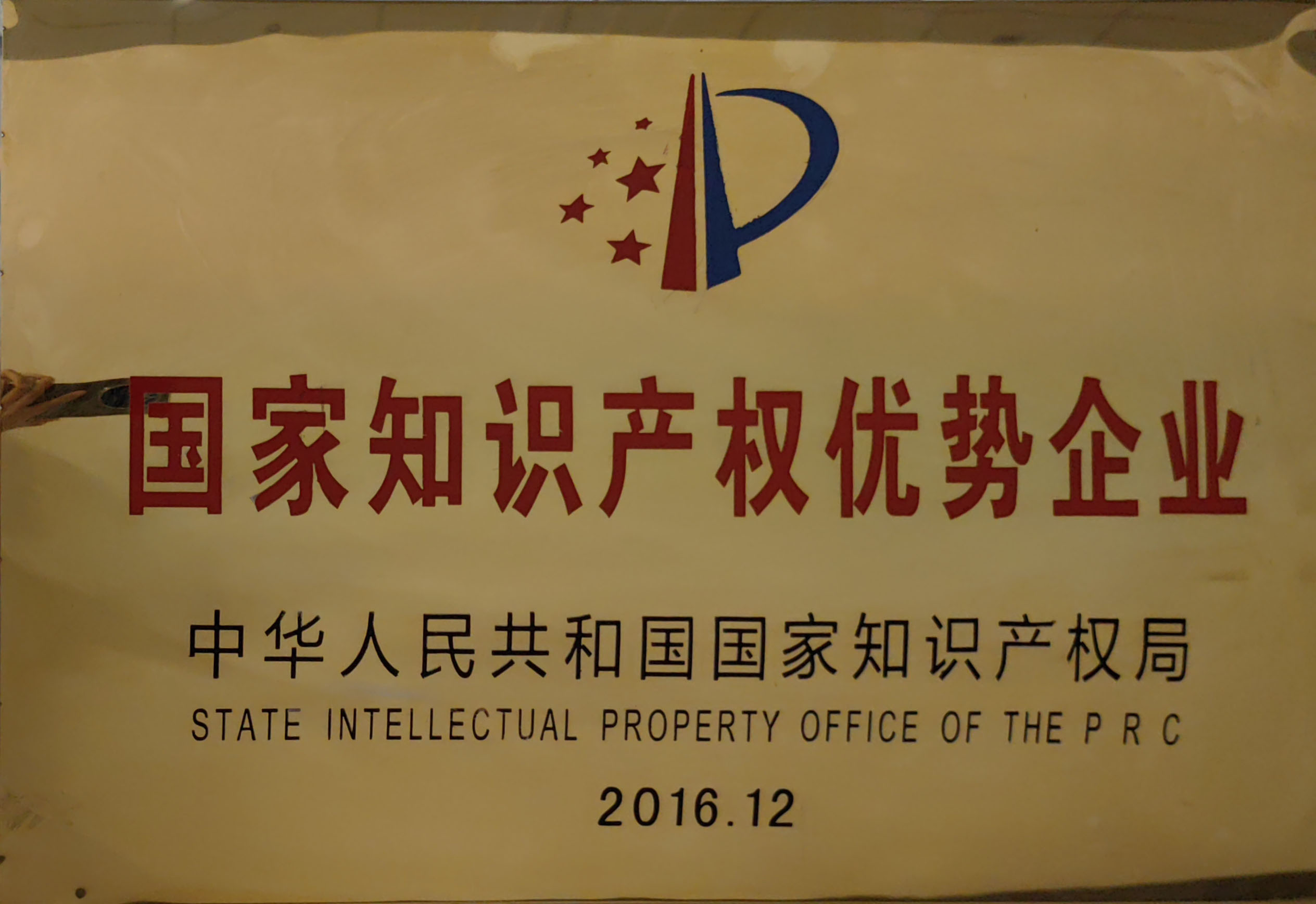
8 月 . 08, 2024 12:35
Back to list
Pressure Regulation Station for Efficient Energy Management and Safety in Industrial Applications
Understanding Pressure Reducing Stations Importance and Functionality
Pressure reducing stations (PRS) are integral components of modern utility systems, particularly in the distribution of gas and water. These stations are designed to manage and regulate the pressure of fluids, ensuring a safe and stable supply while preventing potential hazards that can arise from high pressure. This article delves into the significance of pressure reducing stations, their components, and their operational principles.
What is a Pressure Reducing Station?
A pressure reducing station is a facility that is employed to decrease the pressure of gas or water to a designated level. The need for pressure reduction arises in various applications, particularly in industries where high-pressure systems could pose safety risks or could damage equipment. PRS helps maintain a constant pressure suitable for end-users while protecting pipelines, valves, and other infrastructure.
Key Components of a Pressure Reducing Station
1. Pressure Regulators The heart of any PRS is the pressure regulator. These devices automatically adjust the flow of fluid in relation to variations in upstream pressure, ensuring that downstream pressure remains constant.
2. Actuators These mechanical devices are used in conjunction with regulators to control the opening and closing of valves based on the measured pressure levels.
3. Safety Relief Valves Safety is a paramount concern in pressure management. Safety relief valves automatically release excess pressure to prevent damage to the system in case of failures or malfunctions.
.
5. Instrumentation Monitoring equipment, such as pressure gauges and flow meters, is crucial for the operation of a PRS. They provide real-time data to operators, allowing for informed decision-making.
محطة تخفيض الضغط

The Operational Principle
The operation of a pressure reducing station relies on a combination of mechanical devices that work in synchrony. Initially, high-pressure gas or water enters the PRS through the inlet. The pressure regulators then sense the downstream pressure and adjust the flow accordingly. If the pressure exceeds the desired set point, the regulator closes partially or fully, reducing the amount of fluid that can pass through. Conversely, if the pressure falls below the set point, the regulator opens more to allow additional flow.
Safety features, such as relief valves, are always on standby, ensuring that in cases of unexpected pressure surges, excess pressure is safely vented out of the system. This not only protects the infrastructure but also minimizes the risk of accidents, making PRS a critical element in fluid transport systems.
Importance of Pressure Reducing Stations
The significance of pressure reducing stations cannot be overstated. They contribute to
- Safety By lowering pressure, they mitigate the risks associated with high-pressure systems, protecting both infrastructure and personnel.
- Efficiency Maintaining optimal pressure helps in reducing energy consumption and improving the efficiency of the entire system.
- Longevity of Infrastructure By preventing pressure-related damages, PRS prolongs the life of pipelines and associated equipment, ultimately leading to reduced operational costs.
- Environmental Protection Efficient regulation of pressure reduces the likelihood of leaks and spills, thereby minimizing environmental risks.
In conclusion, pressure reducing stations play a vital role in ensuring the safe and efficient operation of utility systems. With proper maintenance and monitoring, these stations not only enhance the reliability of supply networks but also protect valuable resources and infrastructure. As we advance in technology and infrastructure development, the importance of PRS will only continue to grow, emphasizing their role as unsung heroes in the world of fluid management.
Latest news
-
Unlocking The Quality Gas Pressure ReducersNewsNov.01,2024
-
The Role of Gas Pressure Reducing StationsNewsNov.01,2024
-
The Importance and Functionality of Safety Relief ValvesNewsNov.01,2024
-
The Essential Role of Safety Valves in Natural Gas ApplicationsNewsNov.01,2024
-
The Essential Role of Gas Pressure RegulatorsNewsNov.01,2024
-
Enhance Your Premium Gas FiltersNewsNov.01,2024

